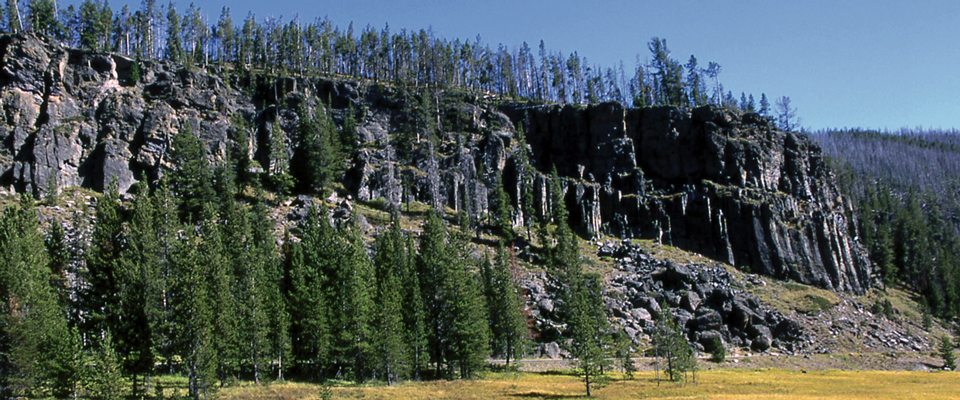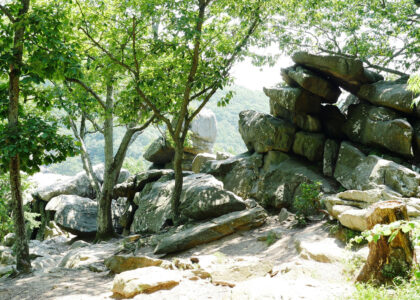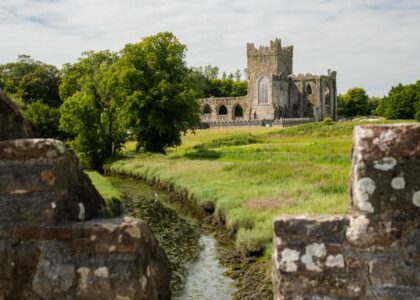Welcome to Obsidian Cliff, a remarkable landmark in Yellowstone National Park with a history stretching back thousands of years. This towering cliff is not only a stunning natural feature but also a site of immense historical significance. Formed approximately 180,000 years ago from a thick rhyolite lava flow, Obsidian Cliff stands as a testament to the dynamic volcanic activity that has shaped this region.
The name ‘Obsidian Cliff’ was bestowed by Philetus Norris, Yellowstone’s second superintendent, in 1878. This site was declared a National Historic Landmark in 1996, highlighting its importance as a source of obsidian, a volcanic glass highly prized by prehistoric peoples for tool making. For over 12,000 years, Native American tribes have visited this site, quarrying the obsidian to craft sharp-edged tools, weapons, and ceremonial objects. These artifacts have been found as far away as Ohio, illustrating the extensive trade networks that existed across North America.
Obsidian Cliff was a crucial resource for the Hopewell culture between 200 BC and 400 AD, with thousands of pounds of obsidian transported via river networks for use in ceremonial goods. The cliff itself is located about 13 miles south of Mammoth Hot Springs and can be seen along the Grand Loop Road. Its vertical columns of cooling fractures are a striking feature, with the dark, glassy obsidian most concentrated at the base.
In 1988, a wildfire swept through the area, clearing trees and allowing archaeologists to conduct further studies. These investigations provided valuable insights into the methods used by ancient peoples to mine and collect obsidian. It’s fascinating to imagine the generations of people who have walked this land, shaping and being shaped by it.
If you stop by the Obsidian Cliff Kiosk, you’ll find an interpretive exhibit designed in 1931 by Carl Russell of the National Park Service. This was the first ‘wayside exhibit’ in the national park system, designed to enhance visitor understanding of this unique historical site.
The legacy of Obsidian Cliff is not just one of geological wonder but also of human ingenuity and cultural exchange. As you take in the view, consider the countless stories embedded in its rocky face, from the Tukudika, or Sheep Eater Indians, who used its resources, to the modern-day explorers who continue to uncover its secrets.






